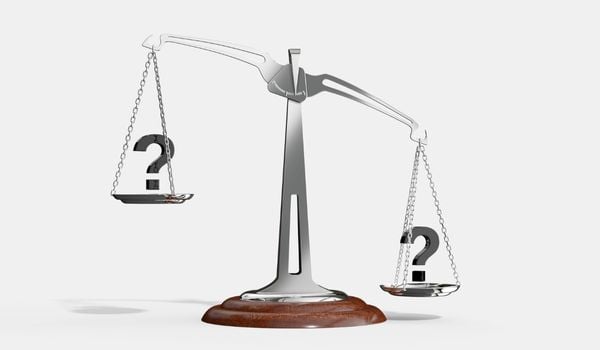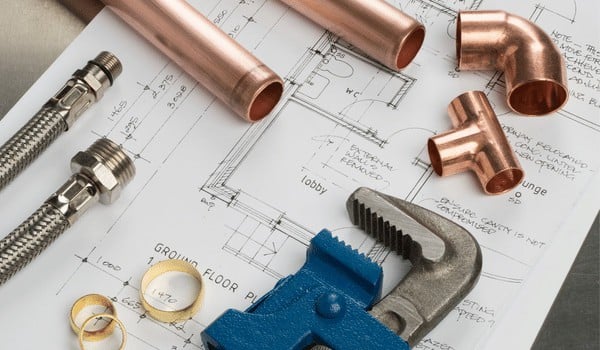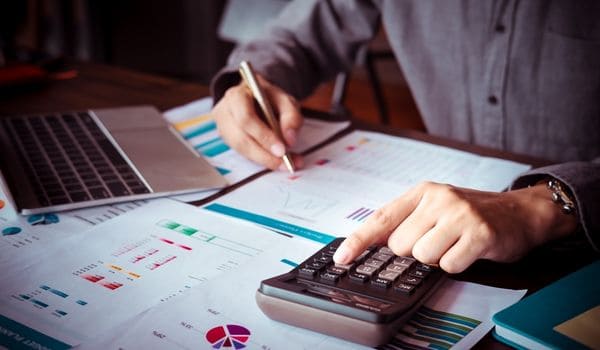If you’ve heard about “backwash filters” but aren’t totally sure what sets them apart — you’re not alone. These systems quietly do the dirty work behind the scenes, keeping your water clean without constant upkeep.
Unlike cartridge filters that constantly need replacing, backwash systems take care of themselves. Less fiddling. Fewer clogs. And a whole lot less time spent on maintenance.
If you want cleaner water without the weekly to-do list, this could be your filter — Let’s walk through how it works
✅ Quick Takeaways
- 🔁 Backwash filters self-clean by reversing water flow to flush out contaminants
- 🧱 They’re packed with media like carbon, KDF, or Filter-Ag — no disposable cartridges
- 🚿 Great for removing sediment, chlorine, iron, and more depending on media used
- 💧 Ideal for high-usage households or well water with heavy minerals
- ⚙️ Requires a drain connection and power source for automated cycles
🔄 How Backwash Filters Actually Work

Backwashing filters may look like a softener at first glance — but their job is a bit different.
Instead of trapping minerals like calcium and magnesium — these systems target things like: sediment, chlorine, and iron using specialized media inside a tall tank.
Here’s how it works:
| 🔄 Step | 💧 What Happens | 📌 Purpose |
|---|---|---|
| ⬇️ Filtration | Water flows through the media bed | Removes sediment, chlorine, iron, etc. |
| 🔁 Backwash Cycle | Water flows in reverse, lifting the media | Flushes out trapped contaminants |
| ⬆️ Rinse | Media resettles and system rinses clean | Prepares system for the next filtration round |
| 🧠 Control Valve | Triggers the process on a schedule or by pressure | Keeps the system running efficiently |
🧠 Good to Know: These filters work automatically based on a programmed schedule. You can set it to backwash every few days, or monitor water pressure and adjust as needed.
💡 Bonus: Backwashing helps prevent bacterial growth in the media bed, which can happen if it sits dirty for too long — especially in warmer environments.
🚰 Do These Systems Need a Drain?

In most cases, yes — backwashing filters require a drain line to flush away contaminants during the cleaning cycle. It’s what allows them to self-clean without manual filter changes.
Some newer systems use “upflow” designs that avoid traditional backwashing altogether, agitating the media as water flows upward. These can be useful in tight setups — but they’re not quite as powerful or versatile as true backwash filters.
👉 Pro Tip: If you’re using well water or dealing with low pressure, check the system’s flow requirements before installing. Not all wells can support a full backwash cycle.
🧪 Filter Media: What Each Type Does

Let’s break down the most common types of backwash filter media — and what they’re best at removing from your water.
| 🧱 Media Type | 🎯 Targets | 💡 Notes |
|---|---|---|
| 🟤 Filter AG | Sediment, silt, fine particles | Budget-friendly and widely used |
| 🔬 Micro-Z | Fine sediment, turbidity | Removes 8× more than sand |
| 🌰 Granular Carbon | Chlorine, taste & odor | Made from coconut shell carbon |
| 🧪 Catalytic Carbon | Chloramine, hydrogen sulfide | Great for smelly water issues |
| ⚗️ KDF Media | Heavy metals, chlorine, bacteria | Often paired with carbon filters |
| 🧲 Iron Filters | Ferrous & ferric iron, manganese | Use air or chemical oxidation |
| 💀 Bone Char | Fluoride, some heavy metals | Made from natural bone ash |
| 🔼 Alkalizing Filters | Acidic water | Add calcium carbonate to raise pH |
💡 Not sure which media is right for your water? Start with a water test — it’ll tell you exactly what you’re dealing with (iron, chlorine, sediment, etc.), so you can match the right media to the right problem. Need to tackle multiple issues? Many systems layer media types to handle everything in one tank.
⏱️ Backwash Schedule: How Often Is Enough?

Backwashing filters are designed to clean themselves — but how often they do that depends on your water quality, household usage, and the type of media inside the tank.
Here’s what to keep in mind:
- ⏱️ Typical schedule: Most systems backwash every 3–4 days, but some adjust based on flow rate or contaminant levels.
- 📉 Signs it’s overdue: Slower water pressure, cloudy water, or odd smells may mean your filter media is getting clogged.
- 🧠 Smart systems help: Many modern units include programmable valves, so you can fine-tune the backwash cycle or set it to trigger automatically based on usage.
- 🌱 Eco tip: Since backwashing uses clean water, avoid overdoing it — but don’t wait too long either. Skipping cycles can lead to bacteria growth inside the tank.
💡 Pro Tip: You can add pressure gauges before and after the filter to track performance. A noticeable drop usually signals it’s time to backwash.
⚖️ Should You Use One? Pros & Cons

Thinking about going with a backwashing filter? These systems offer serious perks — but they’re not perfect for every home. Here’s a look at what to love and what to weigh before committing.
| ✅ Pros | ⚠️ Cons |
|---|---|
| Low-maintenance, self-cleaning system | Requires electricity and a nearby drain |
| Longer-lasting media vs. cartridge filters | Costs more upfront than basic systems |
| Can handle high flow rates without pressure drops | Backwashing wastes water (though it can be repurposed) |
| Versatile — supports multiple types of filter media | May not work well with low-flow well pumps |
| Great for reducing iron, chlorine, and sediment | Installation requires moderate DIY skill or a plumber |
💡 Bottom line? If you want a set-it-and-forget-it whole-home filter that handles tough contaminants and doesn’t need constant attention, backwashing systems are a smart investment. Just make sure your water pressure and plumbing setup can support it.
🧰 Installing One: What To Know

Thinking of DIY-ing your install? Good news — many backwash systems are homeowner-friendly, especially if you’re comfortable with basic plumbing tools. Here’s a quick overview of what setup looks like:
| 🔧 Step | 📝 What to Know |
|---|---|
| 📍 Placement | Install on your main water line, before your water heater. Needs access to a power outlet and a drain. |
| 🔄 Bypass Valve | Most systems include a bypass valve so you can shut off or isolate the unit during service or maintenance. |
| 🔌 Electrical Hookup | The control valve needs to be plugged in. It automates the backwash cycle based on your programmed settings. |
| 💧 Drain Line | Required for flushing out contaminants during the backwash cycle. Should lead to a floor drain or utility sink. |
| ⚙️ Programming | You’ll set the backwash frequency based on your water quality and household usage. The manual walks you through it step-by-step. |
🛠️ Heads up: If your well water has low flow rates or your setup lacks nearby drainage, backwash filters might not be the best match. In that case, cartridge or upflow-style systems may be a better fit.
💰 What Do They Cost?

Backwash filter systems cost more upfront than cartridge setups — but they’re built to last. Once installed, they’ll regenerate automatically and need far less maintenance over time.
Here’s a breakdown of the biggest price factors:
| 💸 Factor | 📊 Impact on Price |
|---|---|
| 🧠 Control Valve | Smart valves like Fleck or Clack increase cost but offer better reliability and programmable features. |
| 🔬 Filter Media | Advanced options like catalytic carbon, KDF, or Micro-Z cost more than basic GAC or Filter AG. |
| 📏 System Size | Bigger tanks (measured in cubic feet of media) mean better capacity — but also higher cost. |
| 🛠️ Build Quality | Metal bypass valves, NSF certifications, and reinforced fittings are worth the extra investment. |
| 📦 Add-Ons | Optional sediment prefilters or carbon post-filters may be included — or sold separately. |
🧠 Pro Tip: For an idea of what to expect, check out this breakdown of whole-house filter pricing and what affects the cost.
Most quality systems fall in the $900–$2500 range. If you’re hiring a plumber, add another 50% for installation. But once it’s in, you’ll enjoy years of cleaner water with minimal upkeep.
🧠 Final Thoughts
If you’re tired of constantly swapping cartridges or dealing with water pressure drops, a backwashing filter might be exactly what your home needs.
These systems are — low-maintenance, customizable with the right media, and just built for long-term performance. Yes — they use a little more water and require upfront investment, but the convenience, reliability, and broad filtration coverage are hard to beat.
Whether you’re battling sediment, chlorine, iron, or sulfur smells, there’s a backwashing setup that can handle it — often with fewer parts and less hassle than traditional multi-stage filters.
💡 If you’ve tested your water and know what you’re up against, a backwash filter could be the smartest whole-home upgrade you’ll make this year.
 143 people found this helpful. Was this guide helpful to you?
143 people found this helpful. Was this guide helpful to you? 

